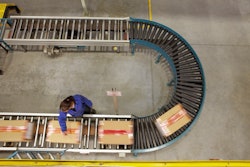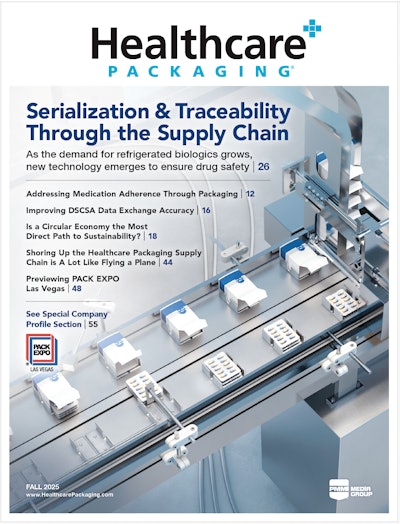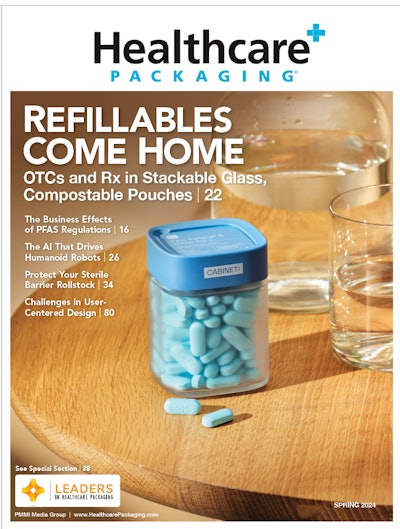There are a number of hurdles related to dispensers complying with Drug Supply Chain Security Act (DSCSA) requirements including:
- They aren’t being left with much time to implement data exchange systems
- Some smaller or less-connected players may be unaware of the requirements and the need to prepare
- The costs to implement traceability systems may be prohibitive, particularly without a way to directly recoup the funds
The HDA 2022 Traceability Seminar this week in Washington D.C. shined a light on the dispenser (pharmacy) community’s efforts. During a panel on dispenser data flow, an audience member asked how data exceptions might affect patients in real-time. In the scenario he described, a pharmacy tells a patient to come in at 10am when their prescription is set to be filled, but they discover upon attempting to fill that they haven’t received traceability data for that product and cannot fill the prescription.
[Editor’s note: Panelists spoke on this topic during the Q&A portion from the audience. As such, their statements were made off-the-cuff. They may include conjecture and do not necessarily reflect official policies.]
Leon Nevers is the director, procurement and business development at H-E-B. He explained that when a pharmacist is out of an item, there are typically opportunities to fill other items, whether by offering an OTC medication or sourcing from a DSP [distance selling pharmacy] depending on customer needs. “On the labor impacts side, I have a pharmacist that really should just be delivering a prescription to the customer in the way that they want it. That's a dissatisfaction for the customer when they don't receive that, so that's step one. Step two is that pharmacist now that has to go and counsel that customer and probably walk them out to the to OTC aisle or walk through what their options are and that's time,” he said.
If a given supplier is causing these kinds of interruptions frequently, Nevers said he may have to consider moving product from that supplier until they can get their data in shape and prove they can send it correctly.
Lisa Schwartz, PharmD, RPh, senior director, professional affairs, National Community Pharmacists, echoed this sentiment, adding that it would likely be treated as an “out of stock”—despite having the product in the facility it cannot be dispensed compliantly. “You do end up at some point having to make an evaluation of doing business with a trading partner,” she said. She also noted that at some point, a pharmacy owner may be made an example of if they do take the risk to dispense product without having tracing data.
Ian Cannell, practice leader consultant/DSCSA project lead at Kaiser Permanente, said it’s the elephant in the room. “The question is, how do you not fumble on the one-yard line?” He agreed with the other panelists about sourcing from another pharmacy or finding alternatives: “Can we place an overnight or emergency order? Can we pick another SKU? Is there another choice that can be used? I think your original question a lot was policy and procedure. Every organization needs to take a hard cold look at their compliance and legal department when it comes to if you have a worst-case scenario, whether it's compliance versus the reality of a critical patient need… it goes back to trying to mitigate these risks in advance.”
Cannell also noted that dispensers have limited resources and limited serialization providers. To avoid bottlenecks, the best practice is to try and get ahead and identify trading partners with data issues in advance to try to mitigate those scenarios from happening. But that some partners may lose business if they are putting dispensers at risk by not supplying proper product data.
Nevers added that accurate operations upstream should help mitigate the issue. “So [product] is coming in and we receive at the warehouse. If our employees are scanning and they find ‘no data,’ your stuff is not going to go any further, and we're not going to pay you for it. That kind of defeats the purpose of what we're working together on.” He concluded that he does not intend to put his customers or pharmacists at risk by moving product out of the warehouse and into the stores when they don't have data on where it came from.























